Advisory Committee on Immunization Practices (ACIP) Recommendations
Infants
- All infants without contraindications should receive 3 doses of inactivated polio vaccine (abbreviation: IPV; trade name: Ipol®), given at least 4 weeks apart, with the first dose administered at a minimum of 6 weeks of age, routinely at 2, 4, and 6-18 months of age.
Children
- A fourth dose is recommended at 4-6 years of age, though this dose is not needed if the third dose was received at least 6 months after the second dose and 4 years of age.
Adults
- A full primary vaccination series with IPV is also recommended for unvaccinated (or incompletely vaccinated) adults and adults at increased risk of exposure (such as international travelers to epidemic or endemic countries, members of communities or groups with disease caused by wild polioviruses, laboratory workers who handle specimens that may contain polioviruses, and health care workers who have close contact with patients who may be excreting wild polioviruses).
- For adults at high risk of exposure, who have previously been fully vaccinated as children, a one-time additional dose of IPV is recommended.
- Adults who received a primary series that included at least one dose of oral polio vaccine (OPV) and who are at increased risk of exposure may receive an additional dose of IPV.1-3
For More Information
- ACIP Recommendations: https://www.cdc.gov/acip-recs/hcp/vaccine-specific/polio.html
- Vaccine Information Statement (VIS): https://www.cdc.gov/vaccines/hcp/vis/vis-statements/ipv.html
- Immunization Schedules: http://www.cdc.gov/vaccines/imz-schedules/index.html
Important Information for Obstetric Providers
- Polio vaccine is not routinely recommended during pregnancy.
Disease
Poliovirus is an RNA enterovirus of the Picornaviridae family. Transmission is primarily through the fecal oral route, and the virus replicates in the pharynx, local lymphatics and gastrointestinal tract. Spread of the virus from blood to nerves to the central nervous system can cause destruction of motor neurons. The incubation period is 3-6 days for nonparalytic poliomyelitis and 7-21 days for onset of paralysis in paralytic poliomyelitis. Up to 72% of all infections in children are asymptomatic, but these persons can shed the virus in their stool and respiratory secretions and transmit the virus to others. Approximately 24% of infections in children result in minor, nonspecific illness without viral spread to the central nervous symptoms, followed by complete recovery within a week. 1-5% of infected children experience nonparalytic aseptic meningitis, lasting between 2-10 days. Paralysis occurs in less than 1% of infections in children. Paralytic symptoms typically progress for 2 to 3 days then plateau as the fever subsides. Many of those with paralytic poliomyelitis recover completely, and most recover some muscle function. However, any paralysis or weakness that persists after the first year is generally permanent. Paralysis predominantly affects the proximal muscles, especially of the legs in an asymmetric fashion. Between 2-5% of cases of paralytic polio in children and 15-30% in adults die from the disease, primarily because of paralysis of the muscles of respiration 1.
Vaccine
Inactivated poliovirus vaccine (IPV) is formaldehyde-inactivated and contains all three serotypes of polio vaccine virus. Combination vaccines that contain IPV include DTaP-IPV (trade names: Kinrix®, Quadracel®), DTaP-Hep B-IPV (Pediarix®) and DTaP-Hib-IPV (Pentacel®) 1. The following is a direct excerpt from the 2009 ACIP recommendations which clarifies the vaccination schedule to be used for specific combination vaccines:
“When DTaP-IPV/Hib (Pentacel®) is used to provide 4 doses at ages 2, 4, 6, and 15–18 months, an additional booster dose of age-appropriate IPV-containing vaccine (IPV [Ipol®] or DTaP-IPV [Kinrix®]) should be administered at age 4–6 years. This will result in a 5-dose IPV vaccine series, which is considered acceptable by ACIP. DTaP-IPV/Hib is not indicated for the booster dose at age 4–6 years. ACIP recommends that the minimum interval from dose 4 to dose 5 should be at least 6 months to provide an optimum booster response.” 2
Oral poliovirus vaccine (OPV) is a live-attenuated vaccine that is no longer used in the United States 1.
Vaccine Effectiveness
At least 90% of recipients of two doses of IPV develop immunity to all three poliovirus types, and at least 99% develop immunity after three doses. The exact duration of immunity is unknown but appears to be long term 1.
Vaccine Safety
Minor local reactions such as pain and redness occur occasionally occur after receiving IPV 1.
Contraindications and Precautions
Severe allergic reaction (e.g. anaphylaxis) to a previous dose or vaccine component (such as streptomycin, polymyxin B, and neomycin) is a contraindication to further vaccination with IPV.
Considerations in Pregnancy
Although no adverse effects of IPV have been documented among pregnant individuals or their unborn infants, vaccination of pregnant individuals with IPV should generally be avoided. However, if a pregnant individual is at increased risk for polio infection and requires immediate protection, IPV can be administered in accordance with the recommended schedule 4.
References
1. Epidemiology and Prevention of Vaccine-Preventable Diseases. Washington D.C.: Centers for Disease Control and Prevention, 2015.
2. Updated recommendations of the Advisory Committee on Immunization Practices (ACIP) regarding routine poliovirus vaccination. MMWR Morb Mortal Wkly Rep 2009;58(30):829-30. (In eng).
3. Centers for Disease Control and Prevention. CDC simplifies COVID-19 vaccine recommendations, allows older adults and immunocompromised adults to get second dose of the updated vaccine. 2023.
4. Prevots DR, Burr RK, Sutter RW, Murphy TV. Poliomyelitis prevention in the United States. Updated recommendations of the Advisory Committee on Immunization Practices (ACIP). MMWR Recommendations and reports : Morbidity and mortality weekly report Recommendations and reports 2000;49(Rr-5):1-22; quiz CE1-7. (In eng).

